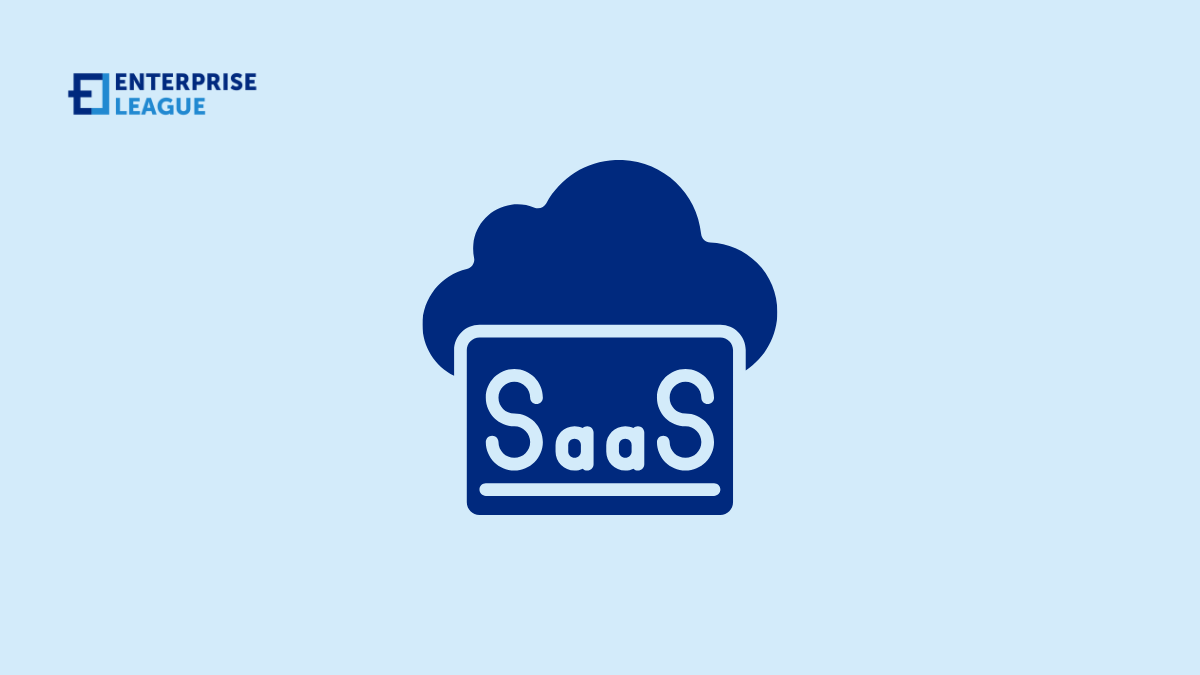The software subscription model (SaaS) has changed the tech world in the last decade, with the market growing to over $200 billion annually. This approach to selling different types of software puts flexibility and ease of use first, customers subscribe to use online tools rather than buying them outright. The beauty of this model lies in its simplicity, the software provider handles all the complex technical details, from updates to security, while customers simply log in and use what they need. This makes high-quality software available to more businesses than ever before, regardless of their size or technical expertise.
How SaaS works
The SaaS model works by keeping everything in one place, the provider’s servers handle all the heavy lifting. Users simply log in through their web browsers to access the software, without worrying about installations or technical maintenance. The provider’s team takes care of all updates, security, and backups automatically.
When customers need help, support is usually included in their subscription. This setup also lets providers track how people use their software, so they can fix problems and add helpful features quickly. The end result? Businesses can focus on their work while providers keep everything running smoothly behind the scenes.
Core principles of a SaaS business model
A SaaS business operates on a simple foundation: offering software through subscriptions that customers access online. The model spreads costs across many subscribers, with each paying a regular fee that helps cover development and operations. Different pricing tiers let customers choose what fits their needs, basic users pay less while those wanting more features pay more.
Since the software runs online, providers handle all technical aspects like updates and hosting, making it hassle-free for users. Customer satisfaction matters most because happy users stay subscribed longer. That’s why these businesses focus on user-friendly features and reliable support while continuously improving their product.
Building the right SaaS product
Creating a SaaS product that customers will want to use and pay for month after month requires careful attention to several fundamental building blocks, each playing a vital role in long-term success.
- Solve real problems – Create software that fixes actual customer pain points they’re willing to pay for, not solutions looking for problems
- Keep it simple – Users expect smooth performance and easy setup, without technical headaches or complicated onboarding
- Focus on security – Protect customer data with strong security measures since users trust you with their information
- Improve regularly – Add new features and updates based on user feedback and needs, but test thoroughly before release
When these elements work together, you have a strong foundation for a product that can attract and keep customers while growing steadily over time.
SaaS vs. Traditional models
A clear look at how SaaS differs from traditional software helps businesses understand which model fits their needs better.
- Payment structure – Traditional software requires a big upfront payment to own the license forever, while SaaS spreads the cost through affordable monthly or yearly subscriptions
- Software access – Traditional software gets installed directly on your computer and only works there, while SaaS runs through the internet, letting you use it on any device, anywhere
- Updates and maintenance – Traditional software makes you handle updates yourself and often charges extra for new versions, while SaaS includes automatic updates and continuous improvements at no extra cost
- Technical requirements – Traditional software needs specific hardware and IT knowledge to run and maintain, while SaaS just needs an internet connection and web browser to work
- Business growth – Traditional software limits your growth with fixed licenses and installations, while SaaS lets you easily add or remove users as your business needs change
This shift toward SaaS has made professional software more accessible to businesses of all sizes, without the burden of complex technical management.
Conclusion
The SaaS business model has shown it’s a practical choice for both software providers and users. It takes away the old headaches of expensive licenses and complicated installations, replacing them with simple subscriptions and easy access. Small businesses can now use tools that were once only available to big companies, while software providers benefit from steady income and simpler product management.
This approach to selling software proves that sometimes the simplest solution works best, give customers what they need, when they need it, at a price that makes sense for everyone.
More must-read stories from Enterprise League:
- Why hiring millennials might be the best decision you can ever make.
- Getting your product in stores doesn’t have to be complicated.
- Creative spiritual business ideas that you can start today.
- Importance of online privacy laws in the digital era and how they protect us.
- Are there any benefits of having a 80 hour work week?
Related Articles
Workers’ Compensation Costs for Factory and Warehouse Forklift Accidents
Forklifts play a central role in day-to-day operations across factories and warehouses, but they also create a significant risk of injury. When a forklift overturns, strikes a pedestrian, or drops a load, the financial impact reaches far beyond the immediate medical...
Delayed Construction Injury Reports: Impact on Workers’ Comp
Construction work carries unavoidable risks, which is why workers' compensation exists to protect employees after an injury. But one factor can alter the entire outcome of a claim: delayed reporting. In the construction industry, where injuries often occur in...
Sponsoring Employees for Green Cards: Small Business Considerations
For many small businesses, sponsoring a foreign employee for a green card can be a strategic investment. As industries grow more competitive, retaining skilled workers becomes increasingly important. Green card sponsorship offers long-term stability for both employer...
Workers’ Compensation Costs for Factory and Warehouse Forklift Accidents
Forklifts play a central role in day-to-day operations across factories and warehouses, but they also create a significant risk of injury. When a forklift overturns, strikes a pedestrian, or drops a load, the financial impact reaches far beyond the immediate medical...
Delayed Construction Injury Reports: Impact on Workers’ Comp
Construction work carries unavoidable risks, which is why workers' compensation exists to protect employees after an injury. But one factor can alter the entire outcome of a claim: delayed reporting. In the construction industry, where injuries often occur in...






